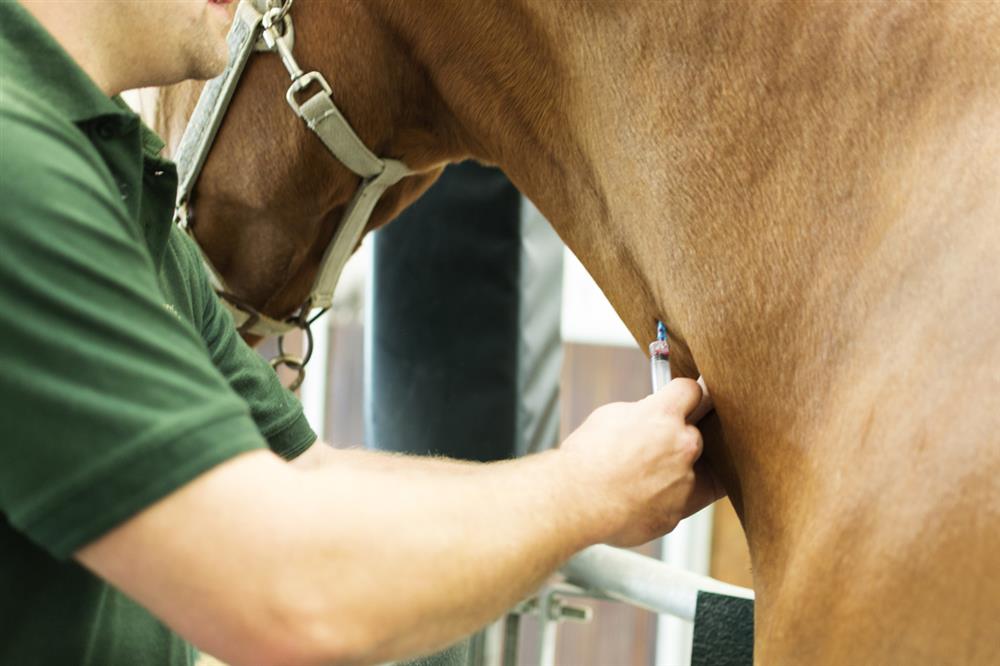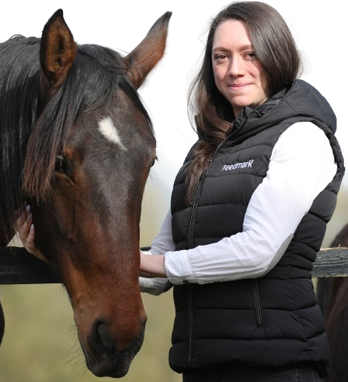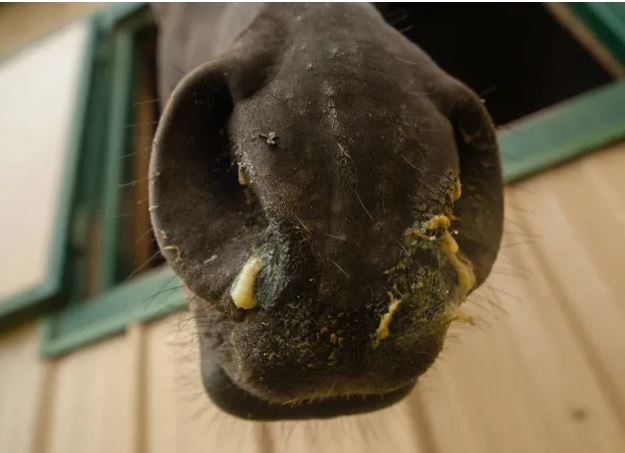What is Strangles?
Strangles is an upper respiratory disease caused by the bacteria Streptococcus equi and that affects equines all over the world. Although Strangles is not an airborne disease, it is highly contagious and it can affect any horse regardless of age, breed or sex and is easily spread via horse-to-horse contact, or contamination of grooms, riders and equipment, which is why it is the most common respiratory disease affecting horses in the UK. The bacteria infect the lymph nodes in the horse’s throat and jaw area, causing them to swell. In the most serious cases the swelling can become so bad that it restricts the airways and the horse finds it difficult to breathe, hence the name Strangles.
What are the symptoms of Strangles?
Strangles has an incubation period of 3 to 14 days which means once a horse has been in contact with the bacteria, they may not show any signs for this period. Once the incubation period has ended the following signs may appear:
- Fever or high temperature (above 38.5oC)
- Depression or lack of energy
- Loss of appetite, reluctance to eat or difficulty swallowing
- Thick, discoloured nasal discharge
- Swelling of the lymph nodes and abscesses around the head and neck (mainly throat area)
- A cough
- Possibly no signs
Whilst some horses may show one or more symptoms, there are those who only show mild signs, atypical Strangles, and those who do not show any signs which are known as carrier horses. This means that they are asymptomatic making carrier horses very difficult to detect but high risk for passing on the infection to other horses. Therefore, on a yard where even only one case has been confirmed, it should be treated that all horses have the potential to be carrying the disease. Horses who share facilities such as fields, stables, water, and feed buckets are more at risk of transmitting the disease and humans who are in contact with multiple horses can also spread it.
What should I do if I think a horse may have Strangles?
Despite Strangles being just another bacterial disease, there continues to be stigma associated with having an animal suffering with the condition. This stigma is unwarranted as this is just another infection that can affect any horse, pony or donkey, and is not a reflection on the care that animal receives. There is no shame in owning a horse with the disease, or having the disease on the premises, and people should support each other and work together to reduce the risk of contamination and passing the disease on. Premises need to be open and transparent if they have cases of Strangles to reduce the risk of the disease spreading. Isolation of horses is incredibly important and travelling your horse anywhere outside of your yard should be avoided as it greatly increases chances of passing the disease onto others. As responsible horse and yard owners, it is encouraged to notify others, including neighbouring yards, if you suspect a case and “lock down” the yard - meaning no equines are to leave, or new ones are to come on to the premises. Once the horse or horses in question have been isolated you should call your vet as they will be able to diagnose if it is indeed Strangles and offer treatment and advice. All horses should be monitored with regular temperature checks and notify your vet of any new cases.

Treatment for Strangles
Treatment will vary depending on the signs being shown and the severity of the infection, and your vet will determine the best options for treatment. If caught early, well managed, and treated appropriately, then most horses recover in about 3-4 weeks. Getting your vet to test for Strangles is the only way to know for sure that the animal no longer has the disease as some horses may cease to show signs but remain a carrier for about 6 weeks. Some cases of Strangles have been known to be fatal, especially if left untreated, although this is less common.
Prevention of Strangles
The key to controlling the spread of Strangles is prevention, so educating horse owners is essential to make them more aware of the clinical signs of infection, early diagnosis, and control practices once cases are confirmed. Any new horses arriving on the yard should be quarantined for at least 3 weeks, avoiding any direct or indirect contact with other horses or animals whilst monitoring their temperature. Biosecurity should be taken seriously, implementing practices such as washing your hands after handling the horse and keeping different equipment (such as tack, rugs and items for grooming) for each individual horse.
Keeping your horse, and all other horses on the yard, up to date with their vaccines will help to build group immunity but is not a replacement for good management and hygiene practices. It is recommended to talk to your vet about whether the Strangles vaccine is suitable for your horse and specific setup. You can also check to see if there are any confirmed cases of Strangles near you and whether it may be safer not to visit an area which is high risk, via the Surveillance of Equine Strangles (SES) service. Further advice and information is also available from the British Horse Society, with their Strategy to eradicate and prevent Strangles (STEPS) which can be found at the British Horse Society website.
Remember that Strangles is a common disease, so speak out if you have cases and help to stop the stigma associated with it, increase awareness, and ultimately stop the spread!


